How to reduce energy costs in your commercial kitchen
We all know the costs to operate a successful commercial kitchen continue long after its installation. Previously, the overhead to run and maintain a business kitchen averaged around 5%. According to Catering Insight’s latest article, with the increase in gas and electricity and customers becoming savvier with their spending, these overheads are looking to triple to 15%.
Although the Government should be looking to support the hospitality sector to resolve these short and long-term rises, there are lots of changes you can implement today to help reduce your commercial kitchen’s energy usage.
8 Top Tips To Reduce Energy Consumption And Costs
We understand not every commercial kitchen, business or budget is the same. What works for one kitchen, may not be suitable for another. However, our years of experience have highlighted key areas where you can either reduce your energy usage or save some money in the long run.
1. Switch off appliances
The simplest way to start cutting your energy consumption is by turning off appliances. Like you would at home to reduce your bills, the same applies to your commercial kitchen. Look for items not in use or on standby, like microwaves, as they can continue to rack up the pennies. The best way to implement this action is by educating your staff on its importance and including this task as part of your closing-down routine.
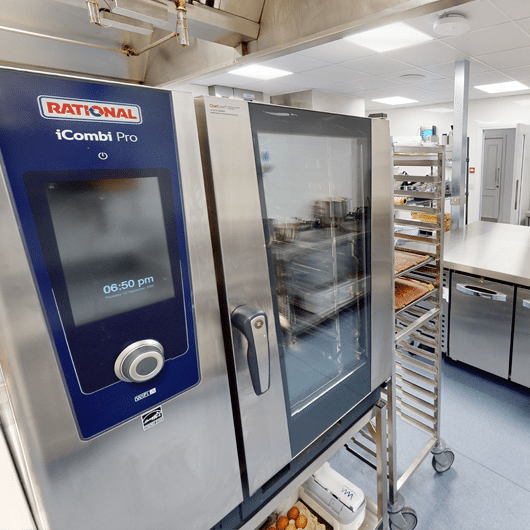
2. Maintain and clean your equipment
Commercial kitchen equipment doesn’t come cheap and is essential to your kitchen’s success. Regularly cleaning and reviewing your equipment’s condition helps increase its lifespan and performance.
You’ll also be able to identify any issues and resolve them before they become costly repairs. By having an understanding of how each piece of equipment should run, you’ll notice any worrying signs, such as smells or noises, that will indicate if an appliance is struggling, therefore using additional energy.
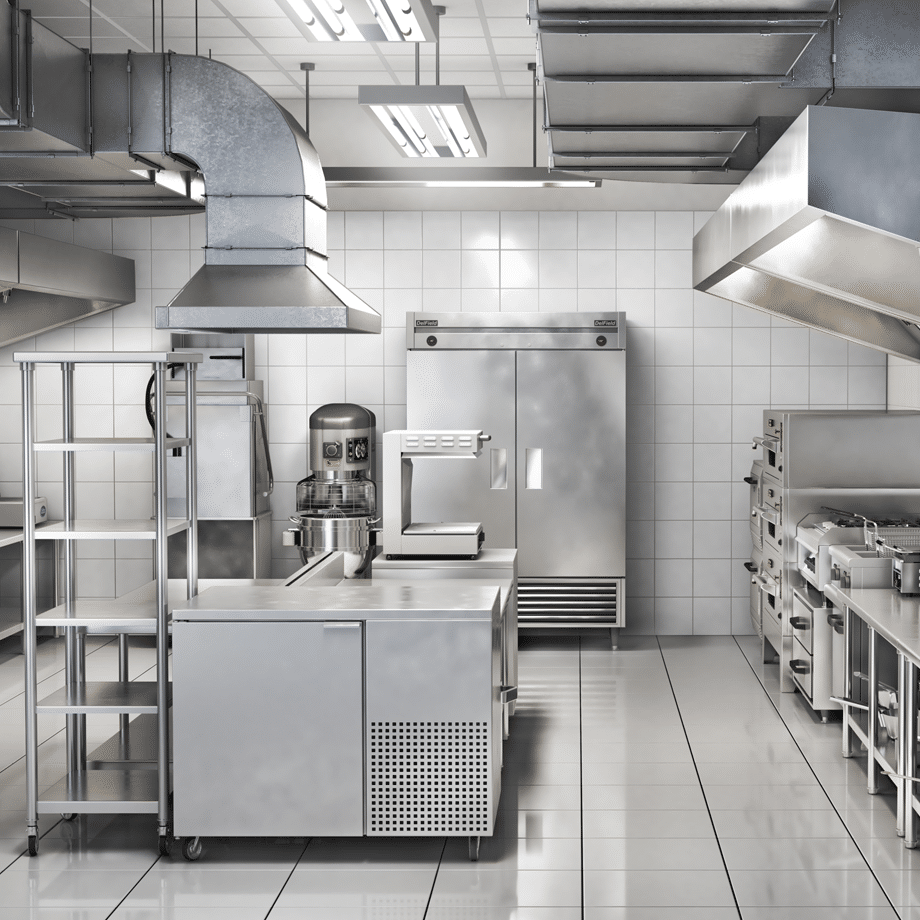
3. Switch to energy-efficient light bulbs
LED lights use up to 90% less energy than regular lightbulbs and often have a longer life expectancy. There’s no avoiding the need for adequate lighting within a commercial kitchen to operate safely. So, swap to a cost-effective and long-term energy solution rather than flicking the lights on and off.
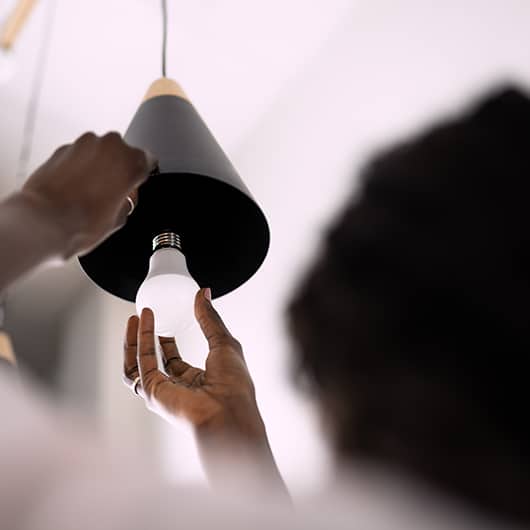
4. Conduct an energy audit
How do you know if you’re using too much energy if you don’t know how much energy each appliance should be using? Use an online energy tool, such as Energy Star, to create a baseline for how much energy you’re currently consuming. This can then be a comparison month on month, identifying areas of high energy usage or energy wastage which you can look to resolve.
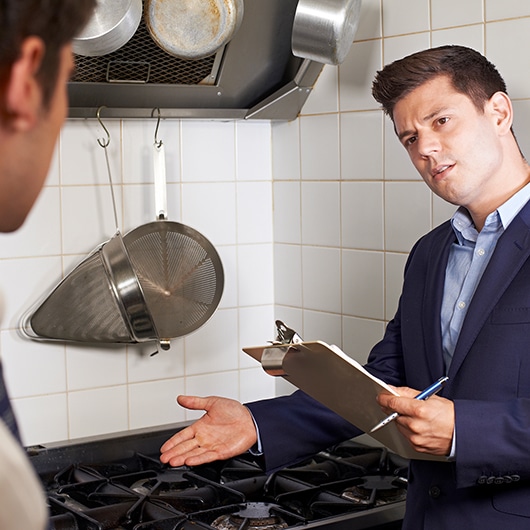
5. Check your energy supplier
It’s easy to stick with your established energy supplier and when you’re running a busy kitchen, you might not have the time to look for alternative options. But this could be time well spent. By keeping on top of competitor rates, you can have peace of mind you’re not overpaying for your usage.
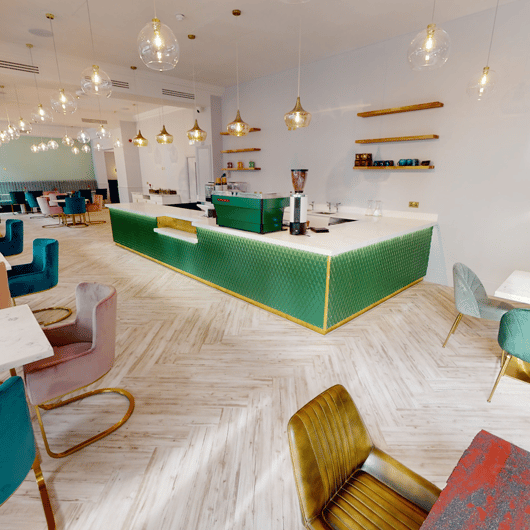
6. Consider the location of your equipment
This is an important consideration when you’re installing or redesigning a commercial kitchen. The layout and positioning of appliances can influence their performance and energy consumption. For example, if a refrigerator is placed next to an oven, the fridge will need to work harder to maintain its optimum temperature.
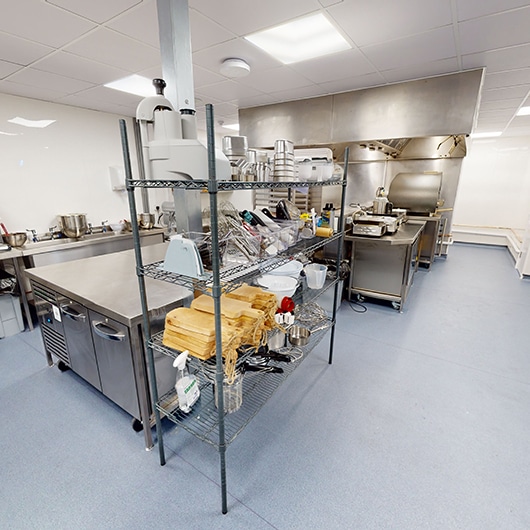
7. Buy more efficient equipment
Depending on your budget, you may not be able to upgrade equipment immediately. However, as and when appliances do need to be replaced, try to source high-quality, low-energy consuming options. Although they may incur a larger up-front cost, they’re a more cost-effective and long-term solution.
Work with commercial kitchen experts to find the right appliances for your kitchen’s requirements and look for indicators such as the European Product Registry for Energy Labelling (ERPREL), to indicate a piece of equipment’s energy efficiency.
Some of the equipment switches you can make include:
- Induction hobs instead of gas as they only use energy when in use (read our benefits of induction hobs)
- Auto-closing doors or split doors on fridges and freezers
- Multi-use equipment such as combi ovens to reduce the number of appliances in use
- High-quality ventilation to remove excess heat and prevent appliances from overheating
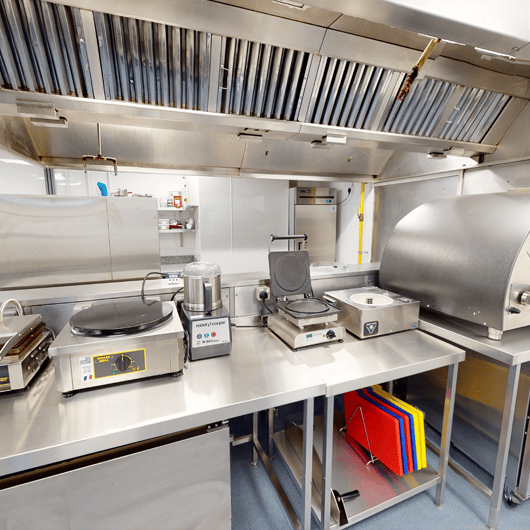
Without realising, you may have chosen meals which require more equipment or use more energy to cook. Not only can this be time-consuming, but it also means purchasing specialised appliances as well as increasing energy costs. If you’re unable to make the changes we’ve suggested above, consider the equipment you have and tailor your menu to match the capabilities of your kitchen.
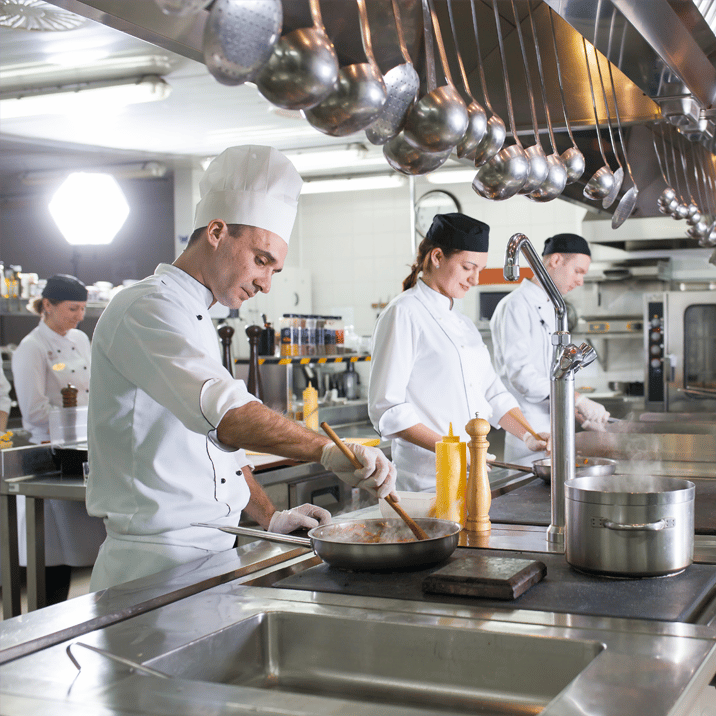
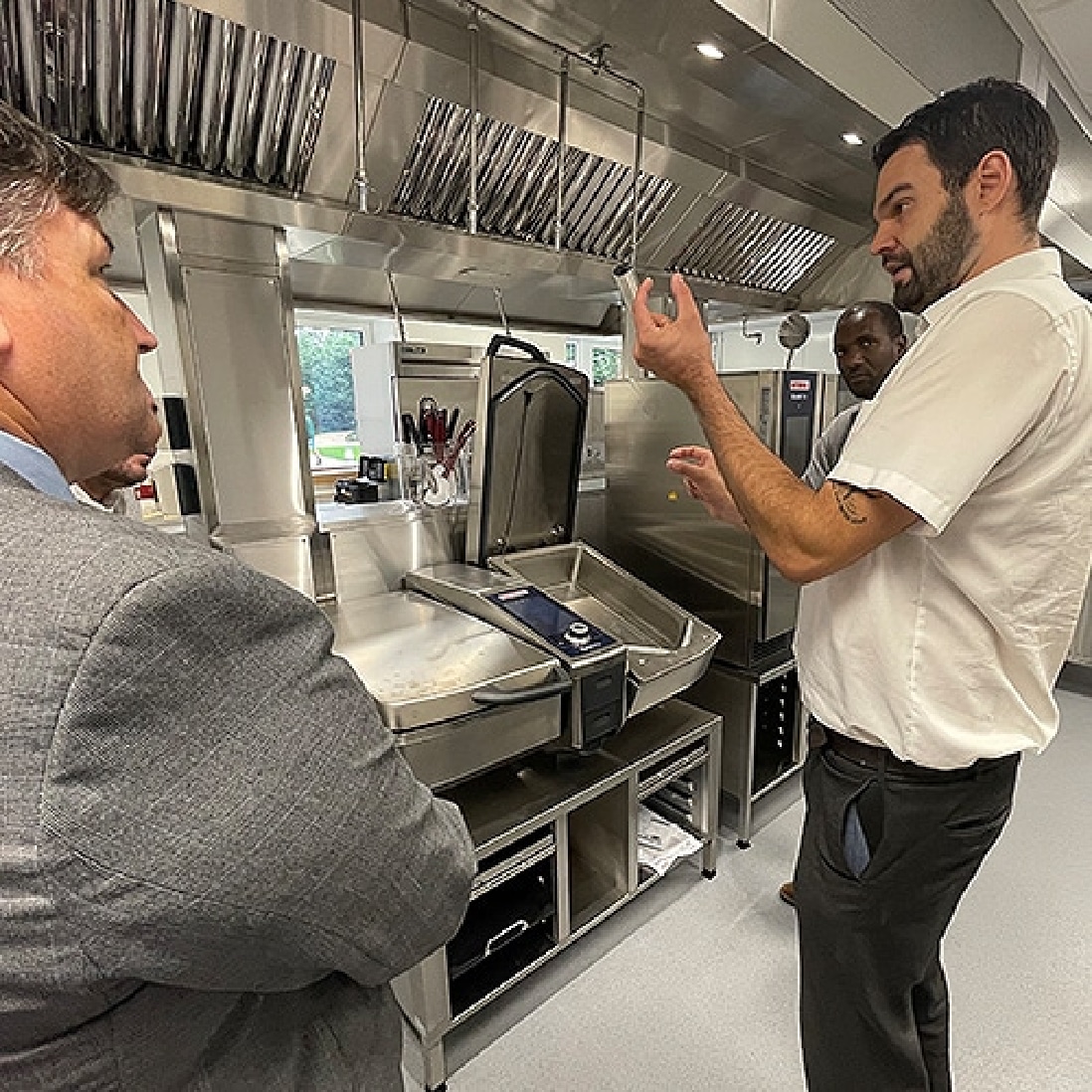
Speak to the experts
No matter what stage you’re at with your commercial kitchen: installing a brand-new layout, replacing appliances, or looking for ways to improve your existing setup, INOX can help. Our team have a wealth of knowledge to advise the best design, equipment and energy-saving solutions for you.

Share This: